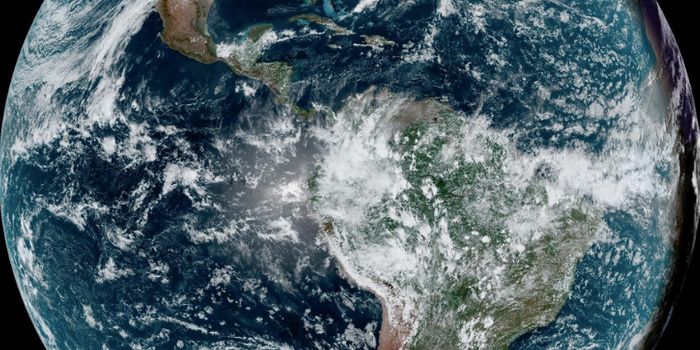How to Protect Astronauts from Space Radiation
For every second, the solar wind blasts the Earth with millions of billions of high energy particles, and thanks to the magnetosphere of our planet, the magnetized bubble of plasma created by its magnetic field, we are shielded from these harmful solar radiations.
But for astronauts who are on the international space station for an extended period or a future mission to neighboring planets like Mars, their risks of developing cancer would be exponentially higher due to the prolonged exposure to strong cosmic radiation.
Since the 1960s, scientists have long proposed devising a compact yet effective magnetic field in a spacecraft to deflect most of the charged particles. In 2008, an international physics team demonstrated that it is feasible to shield spacecraft using an artificial magnetosphere, in both computer simulation and a laboratory test. Their data suggested that a magnetic bubble about 330-660 feet (100–200 m) across powered by 1 Tesla-strength magnet would provide sufficient protection against cosmic radiation.
Source: ACS Reaction via Youtube








